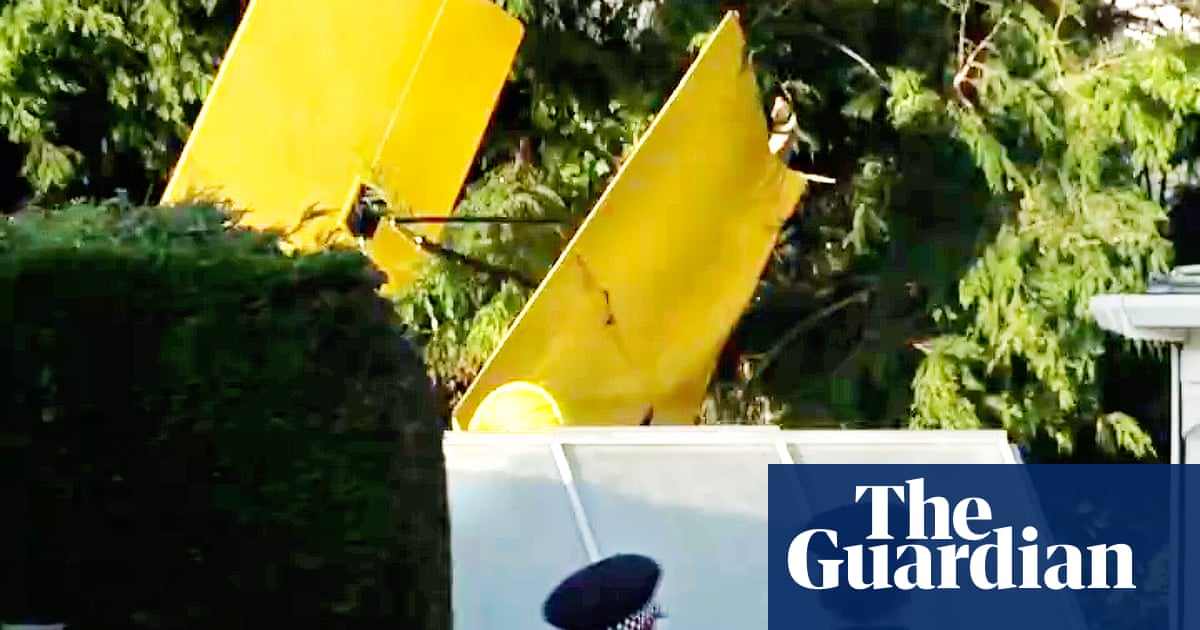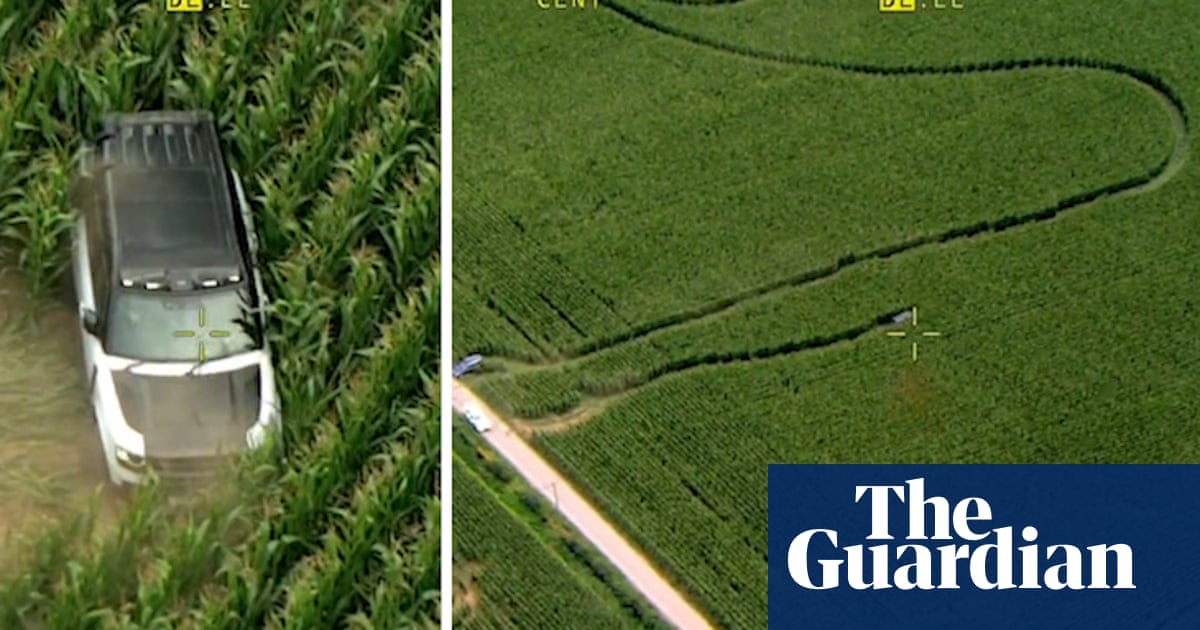
An automated system that helps train wheels grip the tracks failed on one of the trains that crashed head-on in mid-Wales on 21 October, investigators have revealed.
The Rail Accident Investigation Branch (RAIB) said the westbound train involved in the collision in Talerddig, near Llanbrynmair, in Powys, was fitted with a system to discharge sand automatically on to the rails should the wheels slide when braking.
The system, however, did not appear to work in the crucial moments when the train was braking before the crash.
The RAIB said an inspection of the train after the accident showed that the sanding hoses on the leading vehicle of the train were “blocked and apparently unable to discharge sand”.
Initial analysis of the onboard data recorder has shown that the driver had started to brake before the train reached a passing loop, when the wheels began to slide.
Inspections of the track at various points approaching the crash site found “low levels of wheel-rail adhesion”.
The westbound Transport for Wales service from Shrewsbury to Aberystwyth had been properly diverted into the loop on the single-track line to allow it to cross with another TfW train coming from Machynlleth.
Despite an emergency braking system being applied about 40 seconds later, the train did not stop and continued on a slight downhill gradient for another 900 metres after the loop, travelling at between 15 and 24mph when it collided head-on with the other train, which was travelling at around 6mph.
Passenger David Tudor Evans, 66, was killed and four other people were seriously injured in the crash. Eleven more people sustained injuries that required hospital treatment.
The RAIB investigation into the full causes of the crash is continuing. Inspectors will focus on the state of the rails, the performance of the braking, wheel slide protection and sanding systems on the westbound train, and how TfW and Network Rail have managed the risks on the Cambrian line.
Network Rail has described leaves on the line as the equivalent of black ice on roads. It spends millions clearing foliage from tracks during the autumn months using specialist equipment. Its leaf-busting rail head treatment train had operated on the line around Talerddig, which runs through woods, as scheduled the day before the crash.
The previous passenger train collision in the UK was also caused by wheel slide in the autumn months. Fourteen people were injured when one train was unable to stop at a junction near Salisbury and hit another in October 2021 after engineering work delayed the cleaning of the rails.











